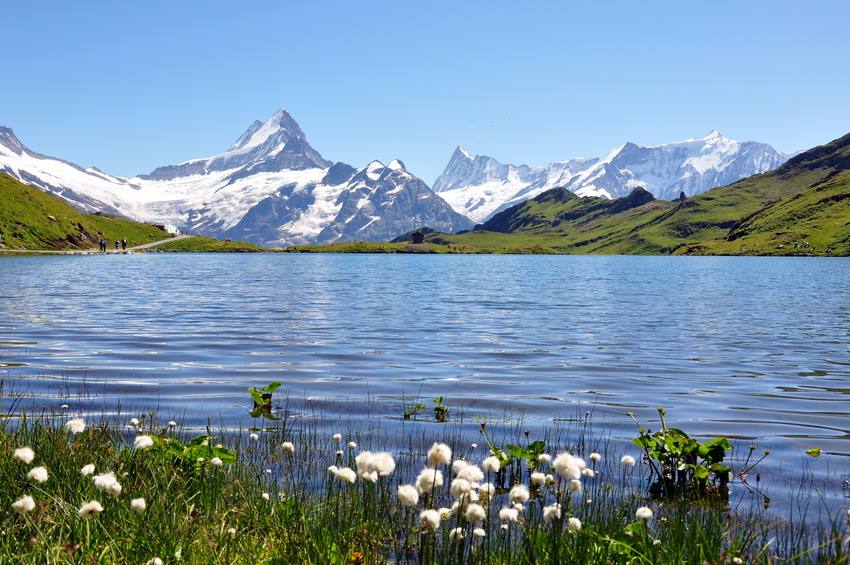An approval that will have immediate effects since, as it is a regulation, the new rules will take effect immediately.
The regulation, which will have a review with possible adjustments in 2033, sets specific requirements for different types of ecosystems, including farmland, forests and urban ecosystems.
THE GOALS
Nature restoration should take place in a range of terrestrial, coastal and freshwater ecosystems, including wetlands, grasslands, forests, rivers and lakes, as well as marine ecosystems, including marine prairies, sponge beds and coral reefs.
Each member state will have to clean up, reclaim, reforest, and secure the environments included in the national plans, which will be based on biodiversity indicators. These plans will have to be submitted to the European Commission, demonstrating how to achieve the goals and monitoring progress.
Also ambitious are the targets, which are binding:
- by 2030 recovered to 30 % of habitats,
- by 2040 recovered to 60% of habitats,
- by 2050 recovered to 90 % of habitats.
3 INDICATORS
Measures put in place by member states for agricultural ecosystems, should improve at least 2 out of 3 indicators:
- the population of meadow butterflies,
- the stock of organic carbon in cropland
- the area of agricultural land with high diversity landscape characteristics.
Added to this are goals with clear deadlines for increasing the index of birdlife and fighting against overbuilding-two key measures of the regulation.
In fact, the regulation makes it clear that there shall be no loss of urban green spaces until the end of 2030.
Member states will put in place measures to restore drained peatlands by rewetting them and to contribute, at the EU level, to planting at least three billion additional trees by 2030. In addition, at least 25,000 km of rivers are to be restored to free flow by 2030 by removing artificial barriers that constrain surface waters .













